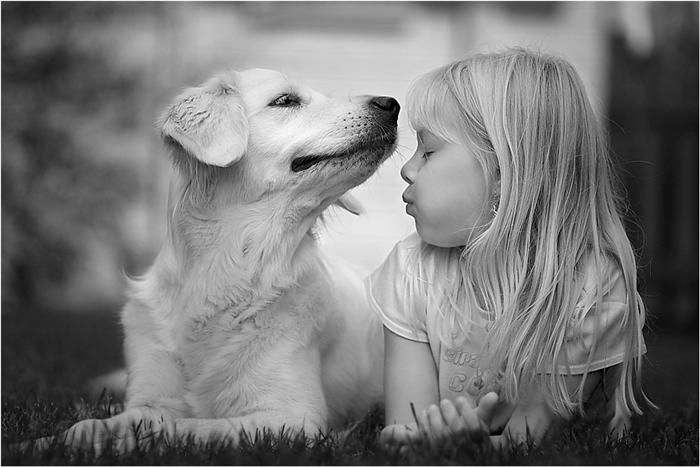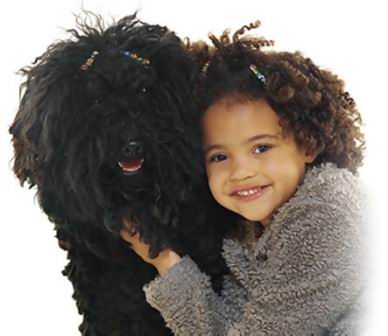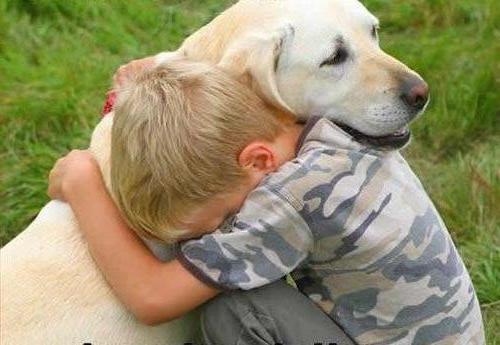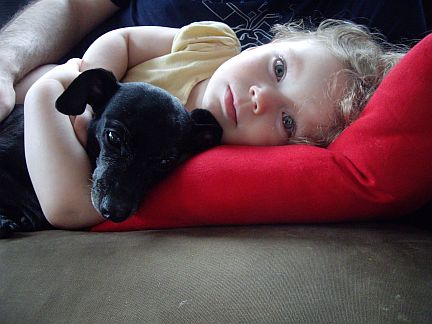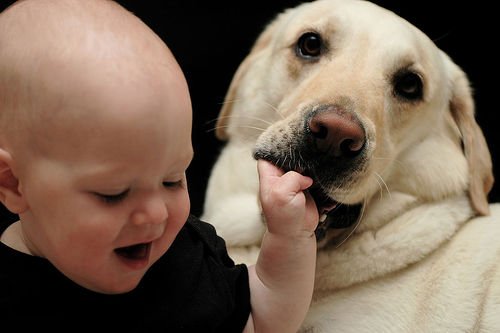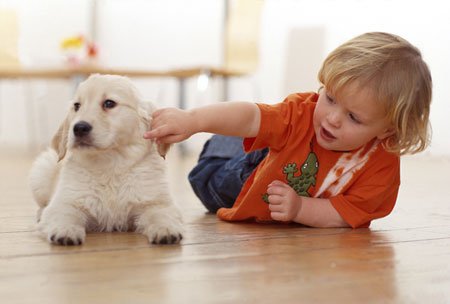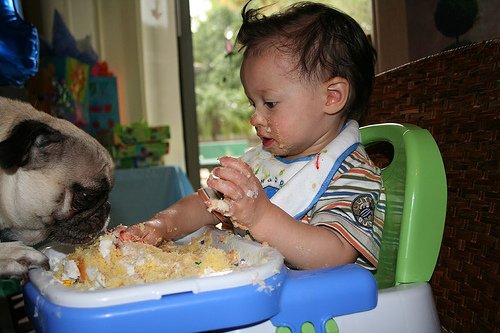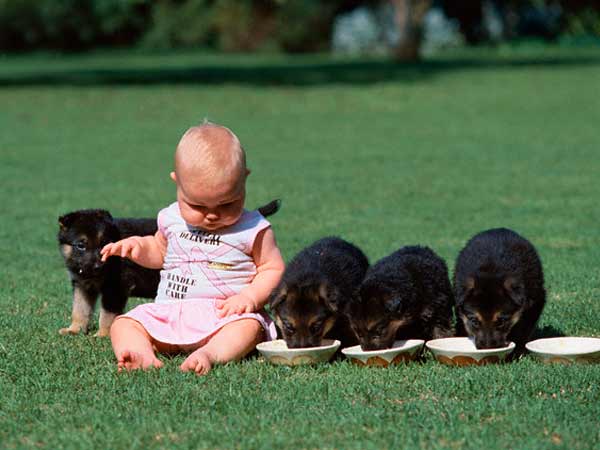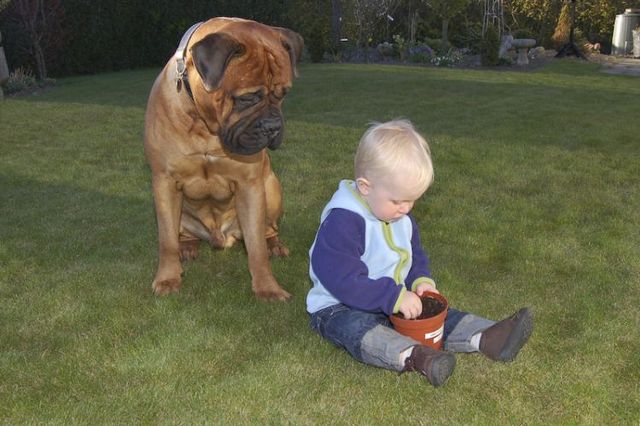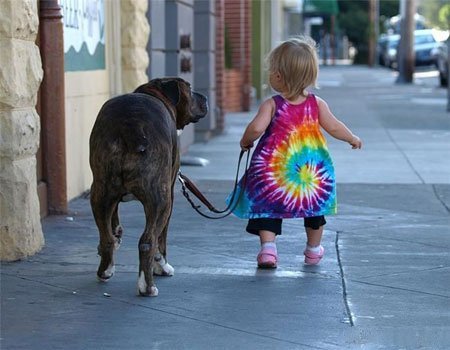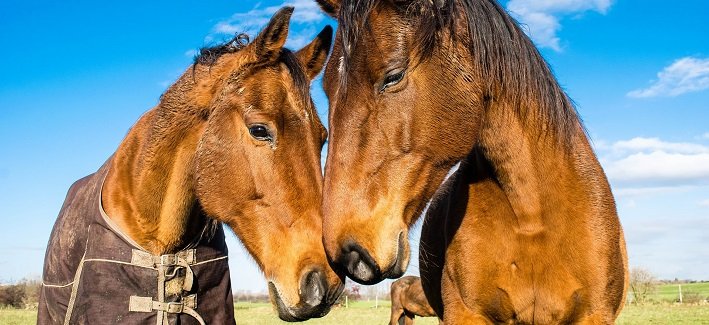Children and dogs: can they live together safely?
There has been copious research that demonstrates wide-ranging benefits to children from pets. The psychological benefits are well proven. Studies have shown that children who grow up around animals develop into more confident, socially adept individuals. Animals can help to teach children valuable social skills during a critical time in their psychological development. Children treat pets as their friends, and in the absence of verbal communication, they learn to use body language to understand each other. If a child learns to understand the body language of their pet, they will naturally extend that knowledge to have a better understanding of human body language in other situations later in life.
Pets also act as useful friends in difficult times for children. Animals are non-judgemental, and will always love their young owners. If the humans in the house are angry with a child, they can retreat to a quiet space with the pet. It can even seem as if a pet understands a child’s feeling of unhappiness. Some psychiatrists deliberately use animals to improve communications with children who may be troubled and may have difficulties communicating with humans.
So what about the risks? Dog bites do represent a serious health issue associated with pet-keeping. For example, in Belgium, one percent of the general population each year requires medical attention following a dog bite. And surveys suggest that around 50 per cent of dog bites are not reported to the medical authorities. Unfortunately, children do represent the most “at risk” section of the population.
The majority of dog bites occur in the home environment during everyday activities. They typically involve younger children (5 years of age on average) and their own dogs during times of no adult supervision. Any breed of dog can bite a child, but obviously, if a dog is bigger and stronger the consequences of a bite will be more severe. There are some well-known high risk situations that include approaching a dog while it is eating or sleeping.
Experts in the field have recognised that it can be difficult for parents to teach young children about the correct way to behave with dogs. An international initiative has recently developed an interactive computer story, known as the “Blue Dog”. This has been designed to assist children between the ages of 3 and 6 years, and their parents, in learning the principles of safe interaction with a dog in the home setting. The Kennel Club has also been proactive on this front, with an excellent interactive website known as “Safe and Sound”.
Dogs and children can mix well together, but it’s up to adults to make sure that they do: when problems happen, there’s no doubt where the finger of blame is pointing.
